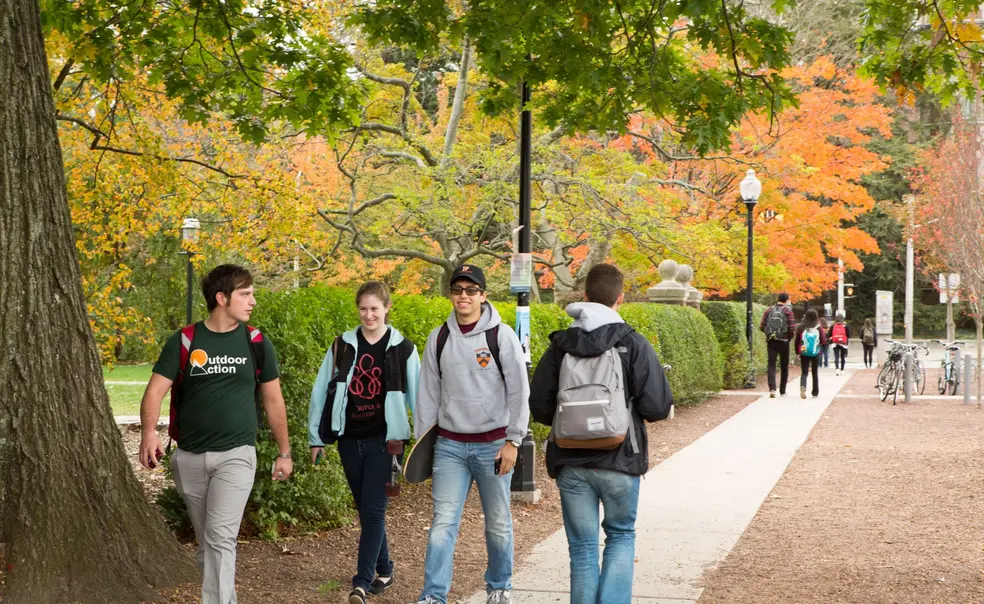Update on the Street
Report looks at changes at the clubs; new admission process to debut
A new report provides a picture of how the eating clubs have responded to a period of significant change at the University and outlines challenges that lie ahead. It was released in advance of changes designed to make this year’s selection process more inclusive and less stressful.
“We have a real appreciation on both sides that while the clubs are wholly independent, we are incredibly interdependent,” said Rochelle Calhoun, vice president for campus life, who chaired the group of alumni, students, and staff that prepared the report (online at http://bit.ly/eating-clubs).
The study revisited a number of issues raised by a similar task force in 2010, while taking into account the impact of demographic changes of the student body and Princeton’s efforts to enhance socioeconomic diversity.
“The purpose is to ensure that — for the first time — every student gets a ‘yes’ at the end of the process.”
— Lisa Schmucki ’74, adviser to the Graduate Interclub Council
This year’s admissions will use a single timeline for both selective and open clubs, said Lisa Schmucki ’74, adviser to the Graduate Interclub Council (GICC). Sophomores will register online to request invitations to explore the clubs during Street Week, which begins Sunday, Feb. 3. Those interested in selective clubs can request invitations for up to two clubs; all students can request invitations to any and all open clubs, and all will be asked to select at least one open club to visit.
After their visits, students will rank the clubs in order of preference and will rank all open clubs in addition to any bicker-club preferences. The selective clubs rank the students who bickered at their clubs Thursday night. On Friday at 9 a.m., students can go online to receive their club acceptance and details for being “picked up” by other club members — typically at 1879 Arch or at the eating club.
“The purpose is to ensure that — for the first time — every student gets a ‘yes’ at the end of the process,” Schmucki said. Last year, 77 percent of all sophomores registered on the Interclub Council website, she said, and 68 percent joined a club by the end of the week.
Calhoun praised the “incredibly good work” by the clubs in focusing on safety, health, and well-being, particularly in addressing concerns about sexual misconduct and alcohol abuse.
The overall demographics of the clubs are “very close” to the student body as a whole, she said, though variations are evident among some clubs.
Thomas Fleming ’69, chair of the GICC, noted the increase in Pell-eligible students — from 7 percent in the Class of 2008 to 22 percent of the Class of 2021 — and voiced concern that University policies may provide incentives for them to seek alternatives other than the eating clubs. “The clubs want to be able to appeal to the most needy students because it is the right thing to do,” he said, and “clubs will not survive if they cannot appeal to the 60 percent of undergraduates who are on financial aid.”
READ the Graduate Interclub Council’s response to the report and unaddressed issues
The task force said cost-saving measures could help cut club fees, suggesting joint purchasing and allowing members to regularly eat some meals (such as breakfast or Sunday dinner) at the residential colleges.
Both Calhoun and Fleming described a positive relationship between the University and the clubs, with representatives meeting monthly. That group will continue discussion of issues raised in the report.












No responses yet